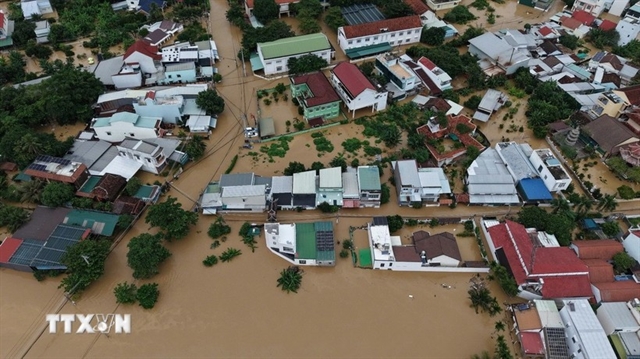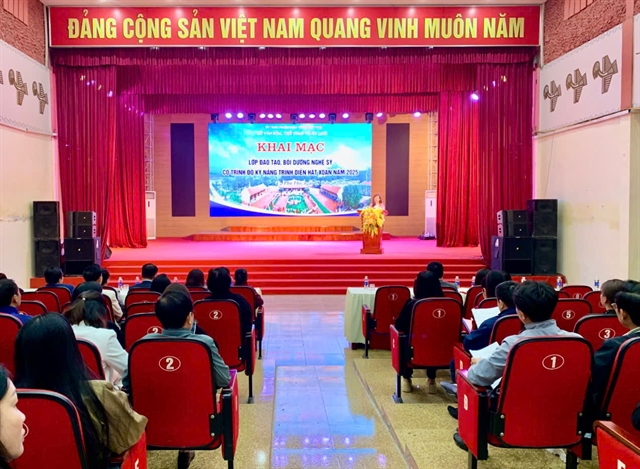 Society
Society


|
| A tornado caused severe damage to production facilities in Đầm Hà Commune, Quảng Ninh Province. — VNA/VNS Photo |
HÀ NỘI — Meteorologists say it is almost impossible to forecast tornadoes in Việt Nam with accuracy because of their small size and short duration.
According to the National Centre for Hydrometeorological Forecasting (NCHMF), tornadoes typically measure only a few dozen to a few hundred metres in diameter, making them undetectable by radar or satellites.
As a result, experts can only issue general warnings about the likelihood of tornadoes, waterspouts or hail when strong thunderstorms form in hot, humid and unstable conditions.
NCHMF Director Mai Văn Khiêm explained that tornadoes are essentially storms, but on a much smaller scale, both in size and time span.
He said that unlike larger storms, which can be tracked with satellites, radar and modelling, tornadoes appear abruptly in limited areas and can only be detected through direct observation.
Deputy Director Hoàng Phúc Lâm said Typhoon Bualoi recently created conditions that led to multiple tornadoes in the north.
The storm’s northern circulation was stronger and larger than the southern one, generating sharp contrasts in temperature, pressure, and humidity, which fueled thunderstorms.
He said that as the storm moved into the north-central region, its northern edge extended over the Red River Delta, where strong thunderstorms on Monday morning produced tornadoes later captured on mobile phones by residents in Ninh Bình, Hưng Yên and Hải Phòng.
These tornadoes were short-lived, lasting only a few minutes, and most commonly formed in open areas, such as fields and highways. Rarely are they captured in urban settings, where space is tighter.
Lâm said meteorologists can only issue broad warnings when conditions are favourable for tornadoes, not precise forecasts of when and where they will strike.
He warned that even small tornadoes could generate winds as powerful as those in typhoons, inflicting significant damage on houses, crops and property along their path. — VNS




